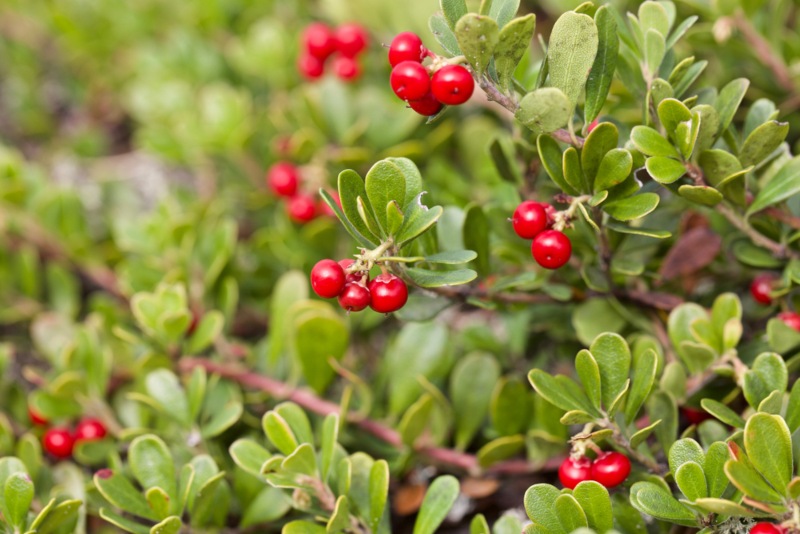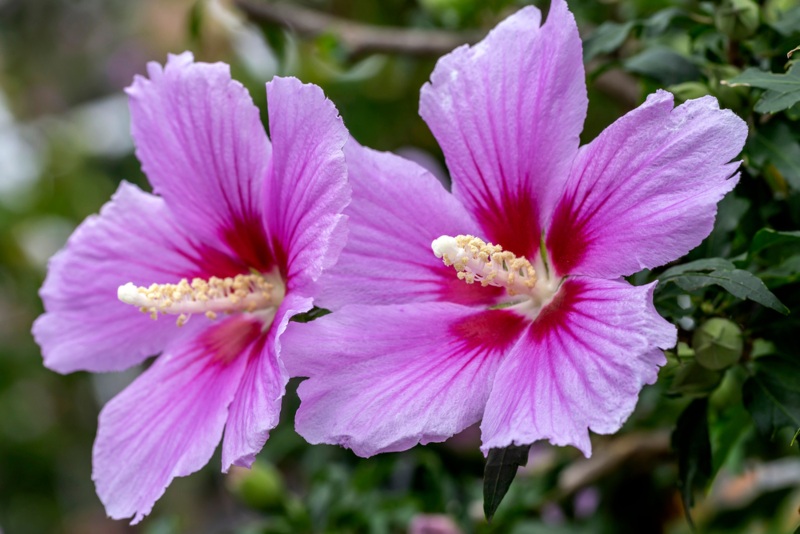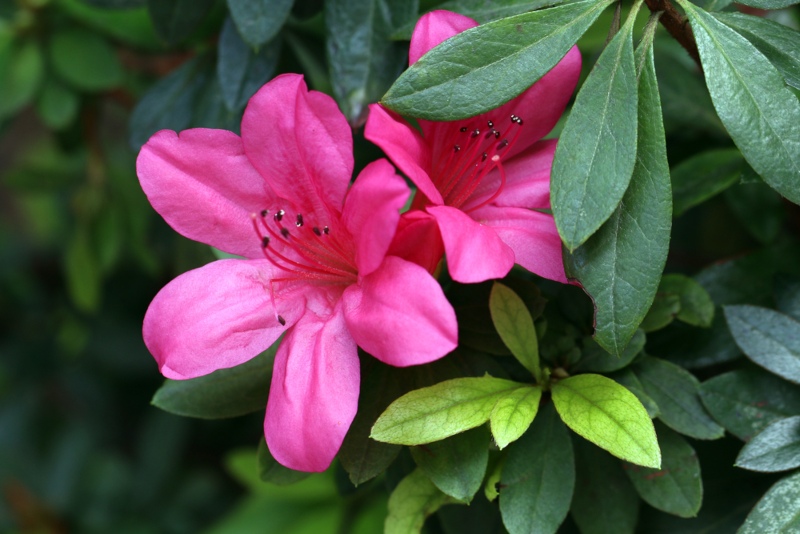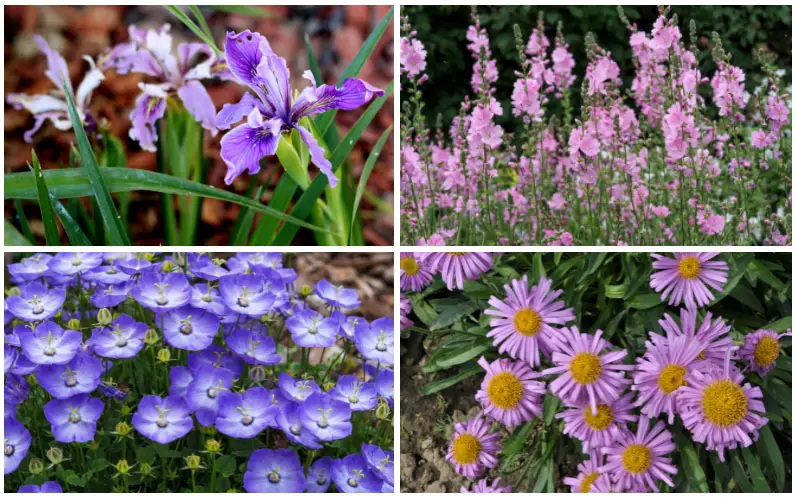
We all know that whether you’re selling or settling, curb appeal matters. It helps maintain a steady housing market in your neighborhood and avoids unnecessary negative interactions with neighbors.
After all, you don’t want to be that neighbor. So, here we’re going to break down the simplest and, arguably, the funniest option for curb appeal decoration.
We’re talking about shrubs! Yes, the famous shrubberies demanded the world over. Here, we’ll break down the important points of shrubs and how to maintain them before we highlight our top picks.
All things are possible with the right shrubberies—making a statement, standing out in your cul-de-sac, or conforming to the crowd.
What We’ll Discuss
We will cover the most important aspects of your plant choice. Since we cannot account for where everyone lives, this list and set of helpful tips will focus on shrubs that can be grown, maintained, and beautiful in any climate.
It is essential to understand that shrubs aren’t just the greenspace or filler to a garden or front yard. Shrubs can be the stars of your front yard if you know how to place them and use color to your advantage.
We’ll cover the following topics thoroughly, but you should consult the Chicago Botanic Garden’s blog and website for professional and informational details for more in-depth research.
Perennial vs. Annual
Shrubs are overwhelmingly perennial in this list for one simple fact – no need to purchase and plant a new shrub every spring.
Some beautiful shrubs are annuals, and the tropical options for those located in the right climate are numberless. However, we will focus on the annuals that are more widely used but less understood.
Flowering, Evergreen, and Deciduous
You do have options here as there are three main subtypes of temperate shrubs. The most widely used are evergreens, also known as conifers. These are the most recognizable as historically, these bushes were used to create specific lines, borders, and shapes when trimmed.
The most famous gardens in the world at the most famous palace in the world, Versailles, uses conifers to create shapes, insignias, borders, whimsical decoration, and a vertical uniqueness that flowering and deciduous shrubs cannot match.
With its beautiful broad leaves and lush pastel blooms, flowering shrubs like the azalea add the splash of color every yard craves. These fanciful and highly prized bushes are used for public decoration, seen in capital campuses and universities worldwide.
Finally, the deciduous, or leafy, shrub is the most undervalued on this list.
This versatile shrub comes in various colors and shapes, making it an ideal candidate for more complicated gardening. The leaf size and color can interplay well with all types of flowers, trees, and shrubs, setting it apart from the flowering shrubs.
Climate
Of course, your upkeep and planting schedule for these shrubs is going to depend on what zone you live in. That is why this list contains only shrubs that can grow in any climate. That is not to say that you should water them and trim them any time of the day.
It is always best to water, feed, weed, and trim shrubs in the cool of the mornings or evenings. This also applies to planting your shrub—make sure you remember this essential but frequently overlooked fact. Watering during the hottest parts of the day can boil or fry your roots!
Soil Content and Upkeep
Loamy, well mixed, and loosely packed soil is ideal for planting. You want it vibrantly dark brown and to feel light in hand.
Clay, moss, and the soggy ground are not good for any shrub and should be tilled and mixed with good, nitrogen-rich soil. For a good balance, pay attention to your PH and purchase yourself a PH and moisture reader online!
Make sure to dig your holes to the right size, so it encompasses the plant’s entire root system. You also want to fill the hole with a bit of water and never expose the roots to the open air. Once you master this, mound up the dirt around the shrub and decide when you’ll water your baby flora.
Upkeep can be tricky but keeping the ground clear of leaves, weeds, and animal interference will assure that pests and diseases don’t come from your lawn. Don’t forget that the shaping and trimming of bushes is a delicate art and should be researched.
Finally, pinching off terminal growth buds will increase next year’s buds, and pruning spring flowers after they wither will maintain the plant’s integrity. Evergreens can be lightly pruned during spring but will need more care as the season progress.
Bearberry (Arctostaphylos uva-ursi)

This evergreen shrub can be grown in almost all zones and enjoys partial to full sun. Its mature size can get up to one foot tall with a spread of up to six feet! The blooms of small pinkish flowers in spring give way to hardy winter berries that last the entire season.
Dwarf Burning Bush – (Euonymous alatus ‘Compacta’)

This compact mounded shrub displays lush green leaves in the spring and fall and then turns a vibrant blood red in the fall. Growing to between six inches and a foot tall, this beautiful red bush is a natural hedge that enjoys moist, well-drained soil in the full sun or part shade.
Silverleaf Hydrangea (Hydrangea radiata)

This native North American hydrangea is hardy and is known more commonly as snowy hydrangea. The small snowy flowers cluster and bloom in summer, lasting until fall. This beautiful white bloom is ideal for any front yard, with large leaves and a preference for partial sunlight.
Boxwood (Buxus spp.)

This favored evergreen is excellent for shaping and pruning and is a gardener’s choice for hedges, borders, and topiaries! This grows quickly and has multiple varieties, the mature size between two and four feet. Planted in sun or shade, this multi-shade evergreen is a must for a more low-maintenance front lawn.
Rose of Sharon (Hibiscus syriacus)

This common flowering deciduous shrub is the perfect large piece for your yard. A favorite of pollinators with their white, pink, red, or purple blooms, it grows eight to 12 feet tall. In full sun, it thrives and needs to be trimmed back and shaped with a few simple gardening techniques.
Azalea (Rhododendron subgenus pentanthera)

With bright flowers in tight bundles, this favored shrub comes in many colors. A lover of full sun in northern climates, this larger variety of the famed shrub is a fan favorite. It grows up to six feet tall and flowers in the summer. Be wary of wet leaves and prune right after flowering.
Arborvitae (Thuja spp.)

This evergreen shrub varies wildly in size as it depends on the space the plant is given. Used as a natural hedge or privacy fence, this bright green, almost lime shrub is favored worldwide. In full sun, it can grow more than 70 feet and will need trimming to maintain.
Miss Kim Lilac (Syringa patula ‘Miss Kim’)

This small deciduous shrub has dark green foliage and turns wine-red in the fall. With deep purple flowers that are very fragrant, this full-sun lover grows up to eight feet tall. The various shapes of the tiny flower clusters make this a summertime favorite, a must-have in hues of white, purple, pink, and cream.
Buttonbush (Cephalanthus occidentalis L.)

This forest green shrub hosts beautiful puffs of fragrant white flowers that bloom in late spring. Attracting pollinators like butterflies, this plant likes moist soil and will not enjoy dry conditions. The partial sun is where these beautiful small bushes thrive and can be paired well with more geometric plants like topiaries.
Yew (Taxus spp.)

This full-sun lover also thrives in the shade and varies in size. It can be as small as only a few feet tall but can get massive, up to 20 feet! It is also a wide shrub, spanning anywhere from one to ten feet. Popular as a privacy hedge, this low-maintenance hedge grows almost anywhere but be careful—it can be toxic to digest for animals and humans.
Mountain Laurel (Kalmia latifolia)

The mountain laurel shrub is native to New England and is often grown for its beautiful spring flowers. The glossy evergreen leaves also cut a striking visual as it often blooms during May and through June. This mature plant can be five to 15 feet tall with an equal spread. Take care of the plant, and the pink, white, and purple flowers will add a lot of appeal to your approach.
Juniper (Juniperus spp.)

This popular choice is beautiful in all four seasons. They are deer resistant, love full sun, and vary in size dramatically depending on your upkeep. Varieties range from the spread-out ground-loving variety to the tall privacy-hedge version.
They smell fantastic year-round and cover a variety of uses on your approach and in your quest for better curb appeal. The evergreen and bright leafy hues make it a winning choice.






